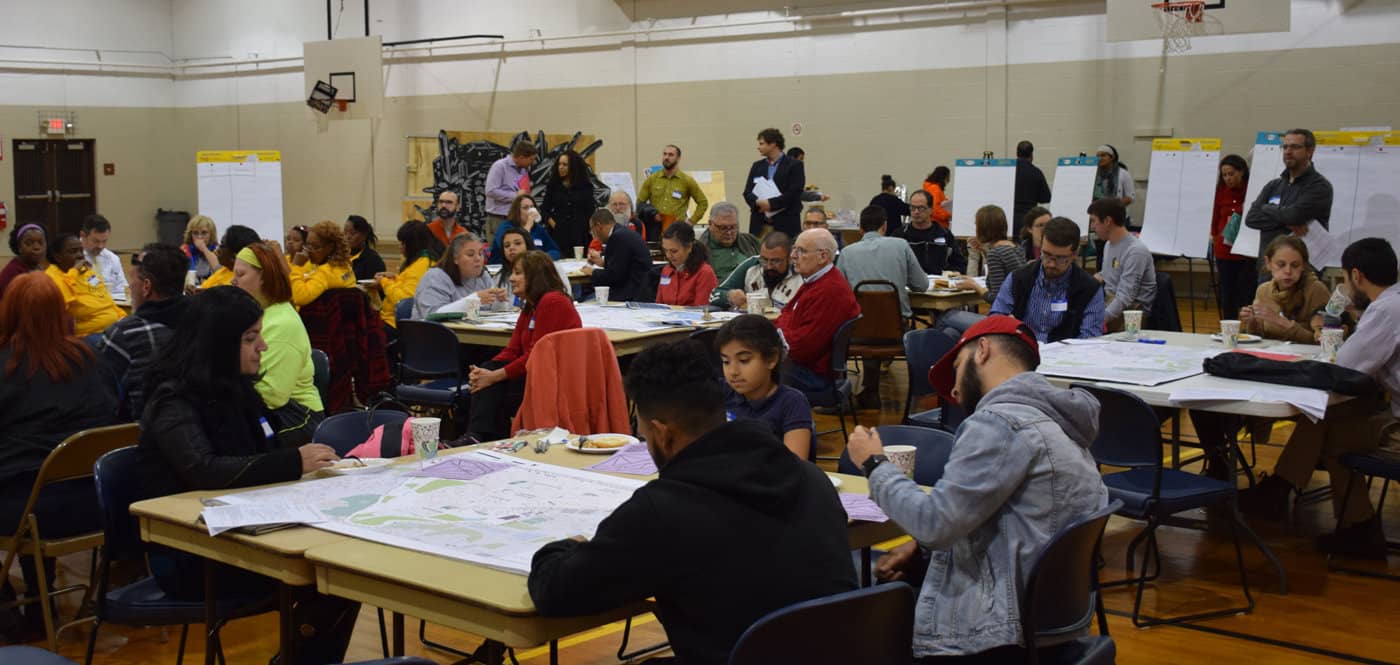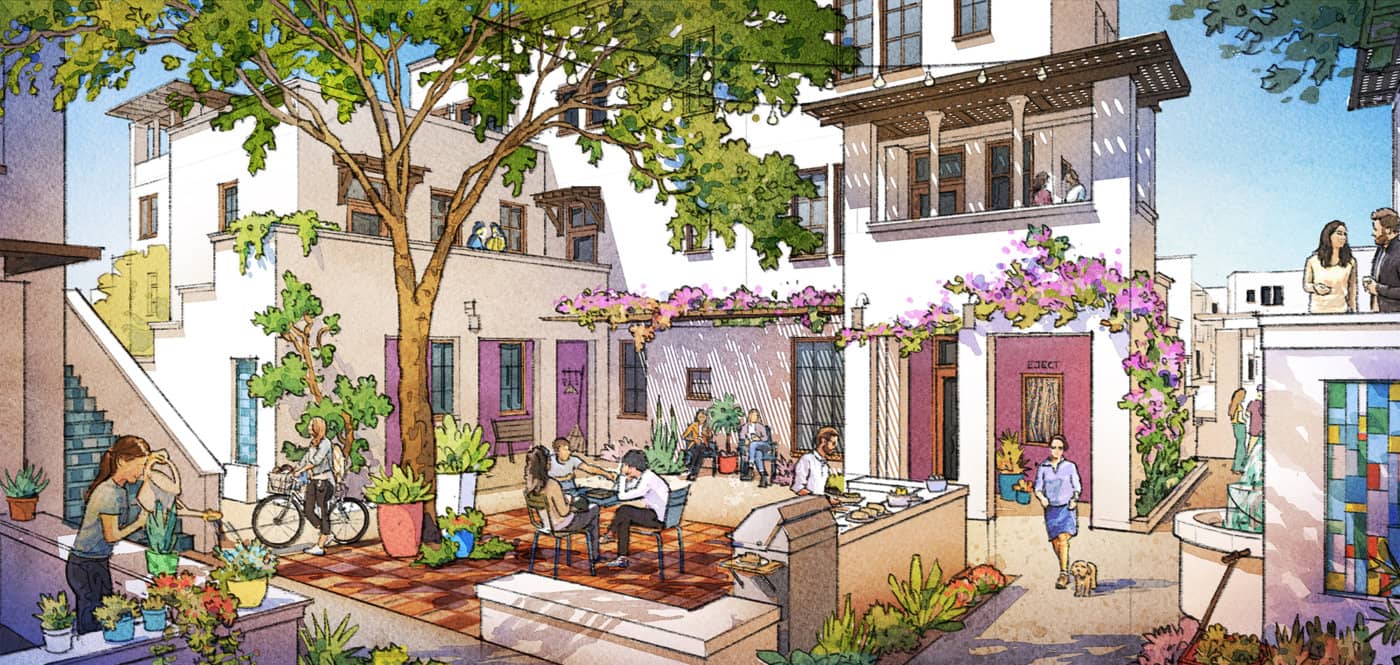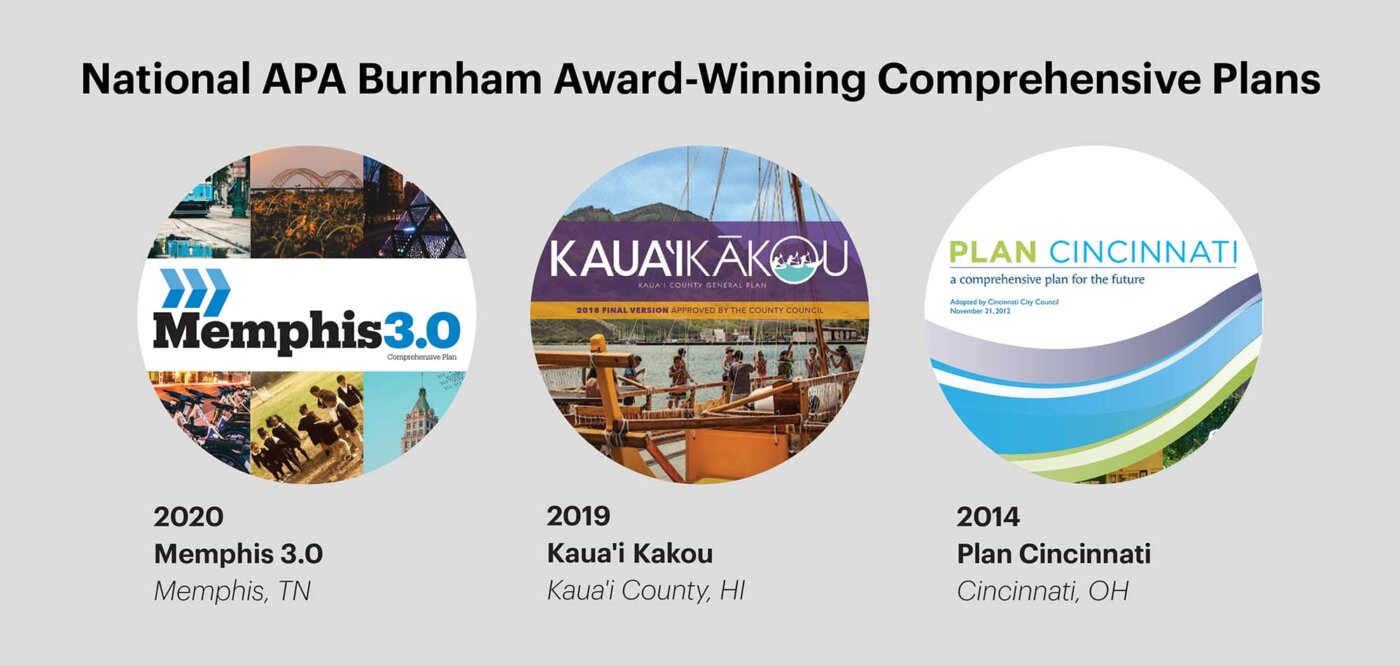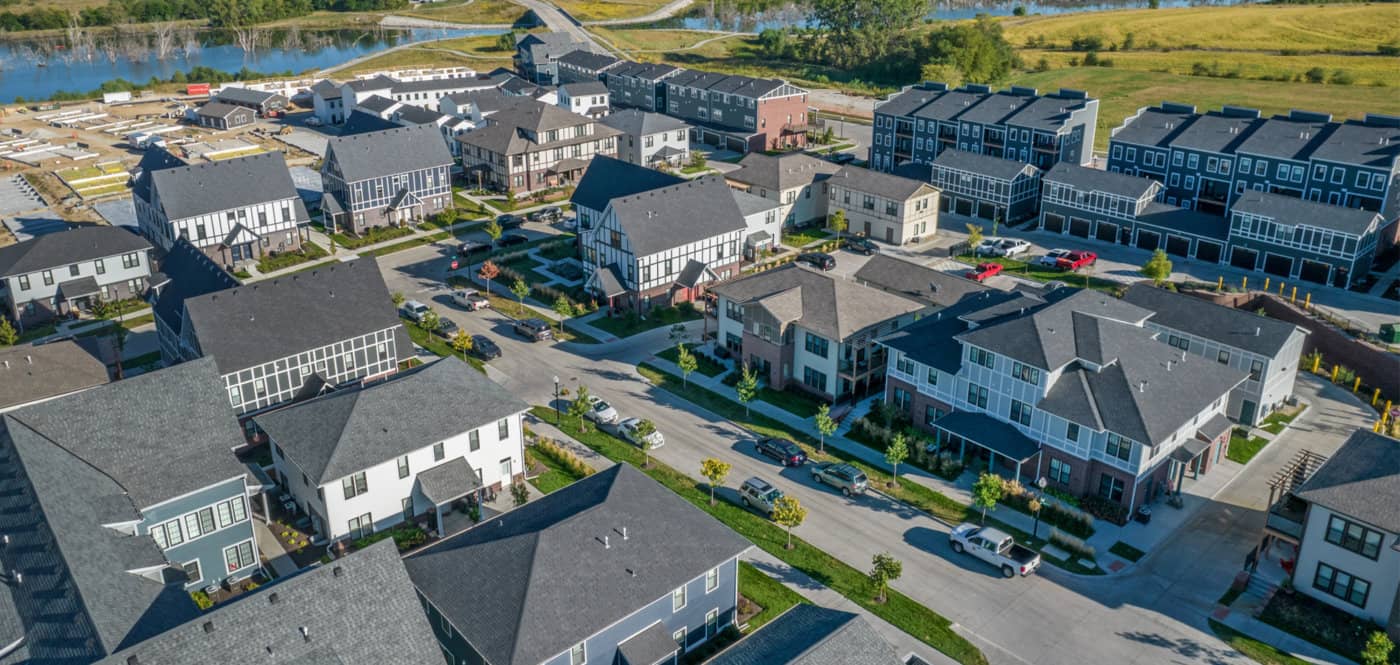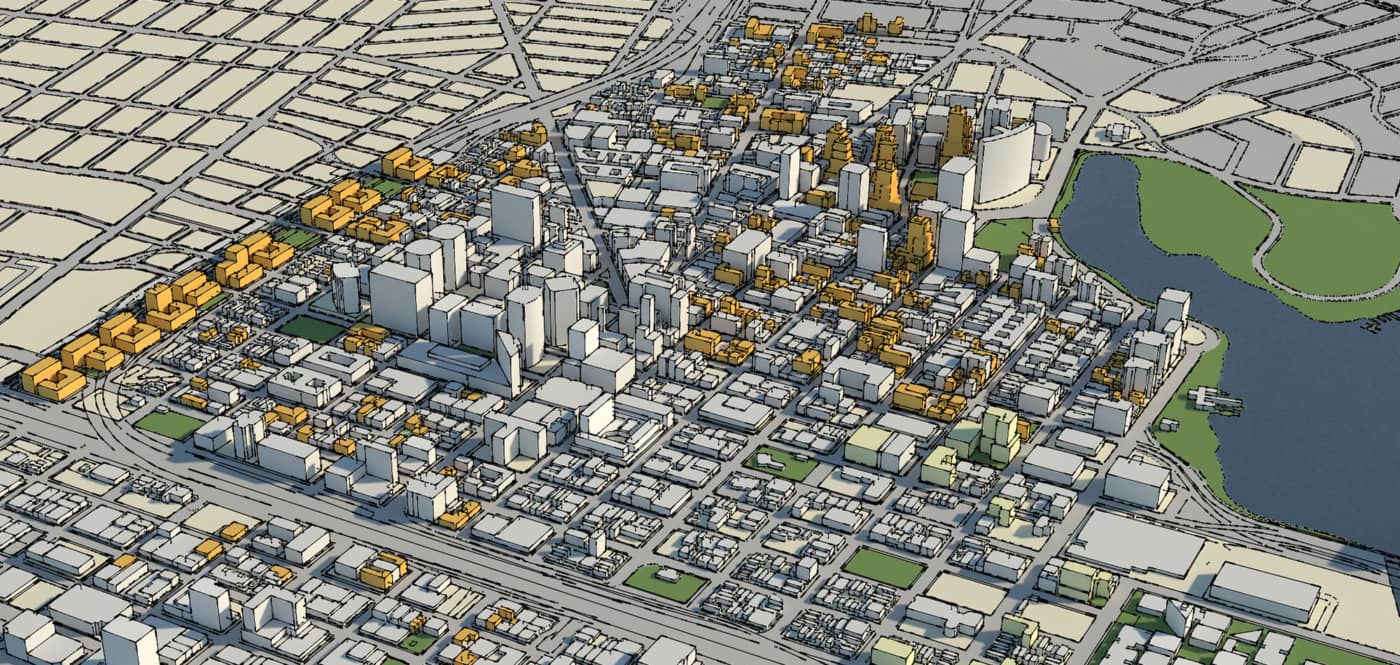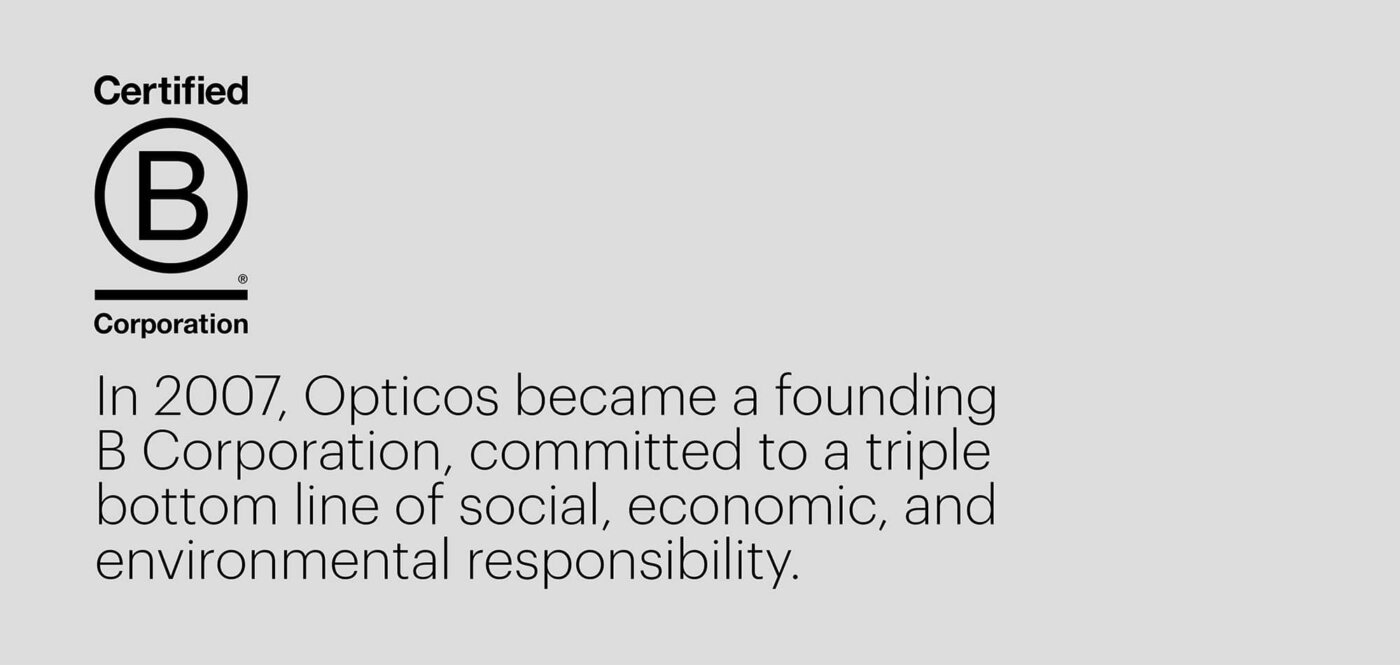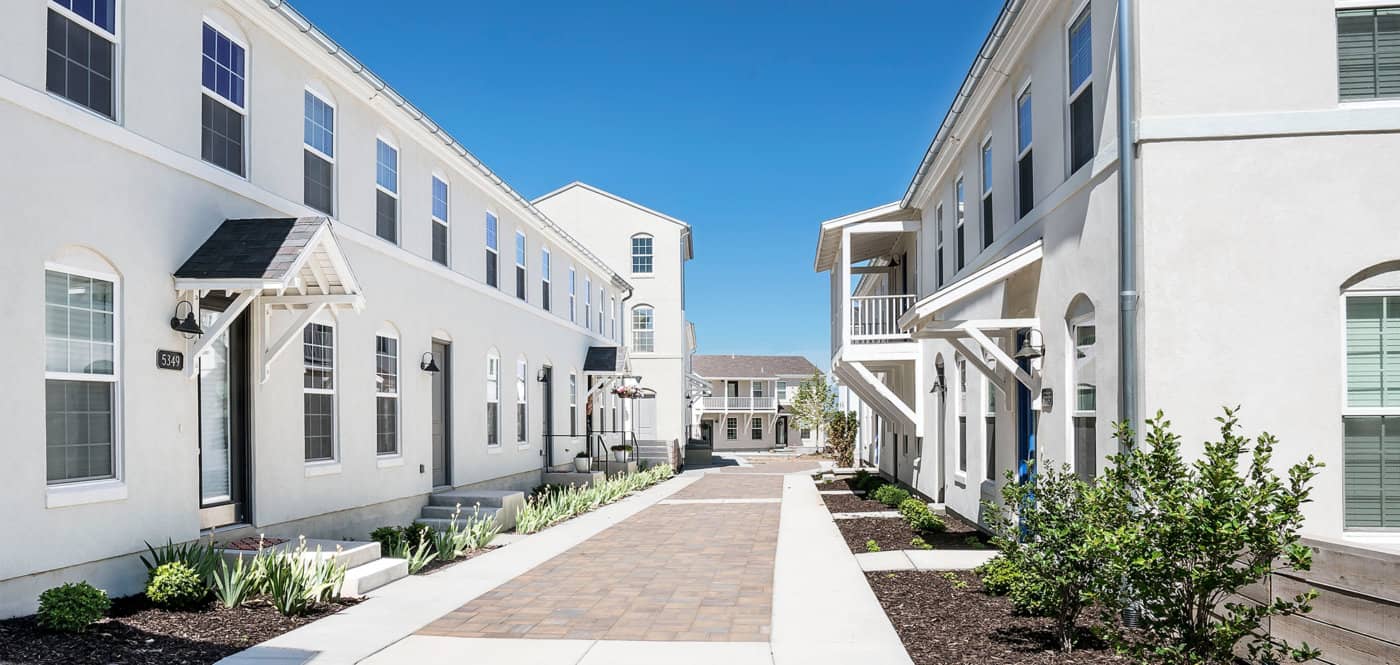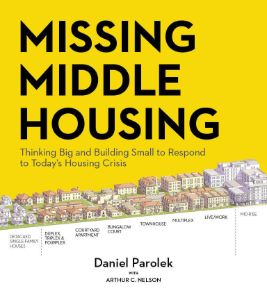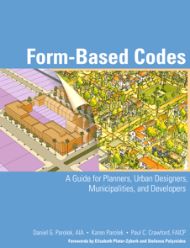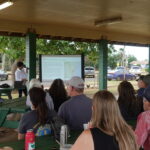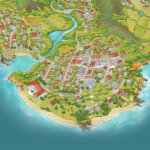Featured Projects
Culdesac Tempe: A Car-Free Neighborhood
Tempe, AZ
Bungalows on the Lake at Prairie Queen: A Missing Middle Neighborhood
Papillion, NE
Memphis 3.0 Comprehensive Plan
Memphis, TN
Vallco Town Center Specific Plan
Cupertino, CA
Downtown Davis Specific Plan + Form-Based Code
Davis, CA
Mews Homes™
South Jordan, Utah
Seaside Town Square and Beachfront Master Plan
Seaside, Florida
Cincinnati Citywide Form-Based Code and Comprehensive Plan Land Use Framework
Cincinnati, Ohio
Memphis 3.0 Comprehensive Plan
Memphis, TN
Vallco Town Center Specific Plan
Cupertino, CA
Downtown Davis Specific Plan + Form-Based Code
Davis, CA
Cincinnati Citywide Form-Based Code and Comprehensive Plan Land Use Framework
Cincinnati, Ohio
Culdesac Tempe: A Car-Free Neighborhood
Tempe, AZ
Bungalows on the Lake at Prairie Queen: A Missing Middle Neighborhood
Papillion, NE
Mews Homes™
South Jordan, Utah
Seaside Town Square and Beachfront Master Plan
Seaside, Florida

Missing Middle Housing
Walkable, attainable communities people love to call home
Opticos principal Daniel Parolek inspired a new movement for housing choice in 2010 when he introduced the concept of the “missing middle” in American housing. Today, Opticos creates innovative architectural designs to help build walkable communities with unique, diverse housing choices that are attainable for all.
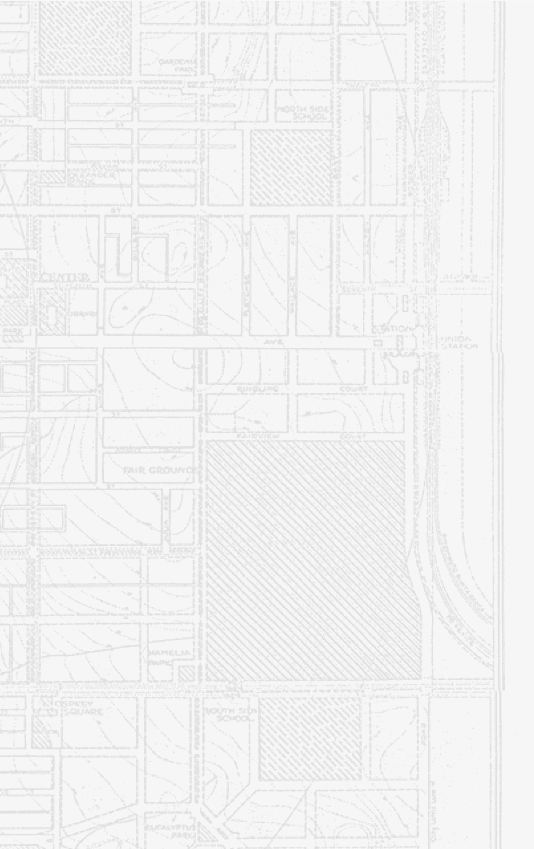
Zoning codes for
people-centered places
Opticos is a world leader in zoning reform for walkable, sustainable communities. We didn’t create form-based coding, but we’ve been trailblazers in the field for more than 20 years. We are experts in understanding how the form of buildings will shape community spaces, and we can simplify the process of introducing form-based codes with a predictable build-out.
Recent Awards
APA California Award of Excellence for Planning Agency
City of Campbell-Planning Division, recognition of Opticos Design MFDDS
Campbell, CA
PCBC Gold Nugget Award of Merit
Best Multi-Family Housing Community - under 17 du/acre
Papillion, Nebraska

Latest From Opticos
On the boardsWhat we're working on
